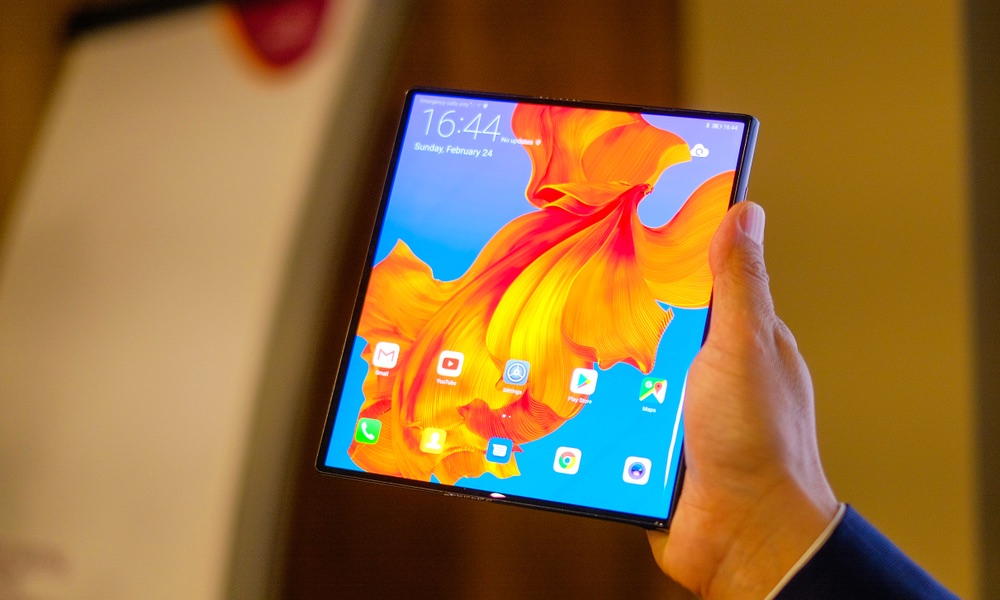These 3 Smartphone Brands Are Now Outselling Apple (But Does It Matter?)
 Credit: Karlis Dambrans / Shutterstock
Credit: Karlis Dambrans / Shutterstock
Toggle Dark Mode
Apple was once the largest smartphone maker in the world. It looks like those days are over. And, this year, Apple’s position dropped even further. But it’s not all doom-and-gloom for the Cupertino tech giant. In fact, things may be looking up. Here’s what you should know.
Slumping Sales
Last week, Apple reported that iPhone revenues dropped about 12 percent year-over-year. The iPhone now only accounts for 48 percent of Apple’s total revenue — the lowest since 2012.
But, due to a change made last year, Apple doesn’t report individual unit sales for the iPhone anymore. Because of that, it’s up for third-party analysis firms to determine and estimate how many iPhones Apple sold.
Today, research firm IHS Markit issued a report suggesting that Apple shipped 35.3 million iPhones last quarter. That’s down about 14.6 percent year-over-year.
That’s about on-par with a similar report from Strategy Analytics and Counterpoint Research. The first analysis firm estimated a 12 percent decline from the last year, while the second estimated an 11 percent drop.
While IHS Markit’s data showed the steepest drop, it also pegged Apple as the fourth-largest smartphone maker in the world. According to their report, Apple now trails behind Samsung, Huawei
It’s also the only smartphone OEM in the top five to have seen a year-over-year decline.
IHS Markit attributes the decline to Apple’s pricey flagships and a “lack of price elasticity” in older models. Still, the research firm tracked that the entire smartphone market is down nearly 4 percent from the year before.
But Apple Isn’t Going Anywhere
Normally, slumping sales of a company’s flagship product would be bad news. But it looks like Apple’s other product sectors have helped it to stave off disaster.
Despite the fact that Apple’s iPhone business declined about 12 percent year-over-year, the company reported that its last June quarter was its best yet. Apple reported $53.8 billion in total revenue in Q3 2019, up from $53.3 billion the year before.
That was mostly driven by growth across its other product categories. Services, for example, brought in $11.5 billion (a 13 percent increase from the year before). While Apple reported Wearables, Home, and Accessories revenue of $5.2 billion, that category grew a staggering 58 percent year-over-year.
Mac and iPad both grew from the year prior, at 11 and 8 percent respectively. But Services is largely expected to overtake the iPhone as Apple’s primary revenue driver and wearables may very well end up as the company’s primary hardware category.
Combine that with the fact that Apple’s R&D budget last quarter reached an all-time high of $4.257 billion, and it starts to become clear that the company appears well-equipped to deal with a post-iPhone future.
Apple may no longer be an iPhone company. But in a smartphone market that’s both saturated and on the decline, it’s starting to look like that may be for the best.






